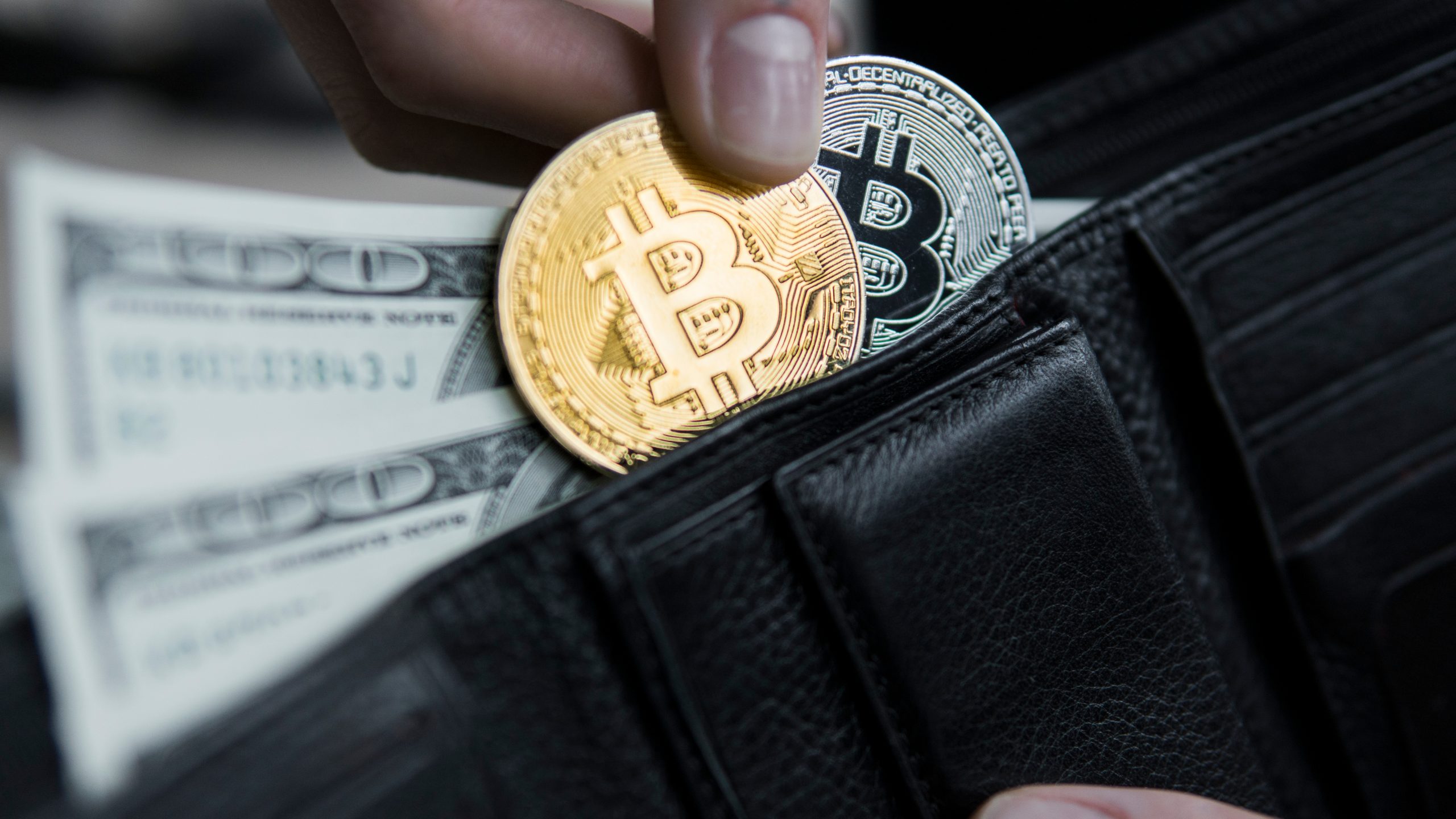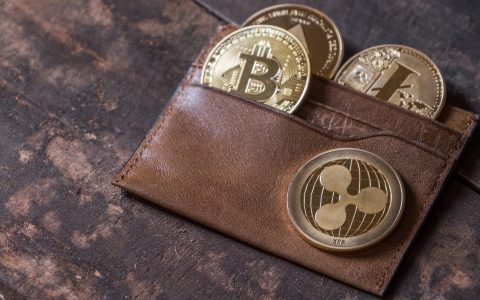Table of Contents
Latching onto the growing trend behind cryptocurrencies isn’t that outlandish when your retail consumer is using them. The rapid pace that e-coins have grown accessible creates the need for you to offer payment options for cryptocurrencies. The best way to secure the coins your consumer uses is to give them a wallet for it. Just be ready for many standard definitions you know to change regarding the use of bitcoin wallets.
What is a Blockchain Wallet?
In simple terms, a wallet is where digital coins are kept.
The more complicated answer is that there aren’t any coins, so a wallet is what keeps track of the currency values people spend, transfer, or acquire. In regards to an existing blockchain, your clients’ transactions are just records made and then saved by an algorithm called distributed ledger technology (DLT).
The data exchanged between a wallet and your blockchain creates an accurate record that the blockchain then works from. Right now, the type of e-coin your consumer uses isn’t essential, for they all rely on blockchain and need a wallet to verify transactions. People can’t spend money that doesn’t exist, so by offering a wallet, you enable blockchains to release or transfer currencies.
A wallet also enables blockchain coins to be put to use—on the user’s end. A blockchain wallet is both the access to cryptocurrency and the perceived location of e-coins. There are two steps in creating a wallet, and each occurs once your consumer uploads yours. Before making a payment to buy a coin, they must generate a public and private key—the universal wallet for your blockchain users.
How Does a Blockchain Wallet Work?
The wallet itself is an individual ledger in which your blockchain tracks and settles transactions through. Whatever people do within their wallets will appear, for example, in bitcoin’s ledger if you’re using that currency. The operation of a wallet is quite complicated, but what you offer as a result is a cryptocurrency account. You empower your consumer to decide how their balances are used, who has access, and how coins are stored.
Cryptocurrency wallets are designed to uphold the idea of decentralization, as it relates to conventional currencies. The leading cryptocurrencies of the world prove that user identity, location, and account balances are keenly protected from outside observers. A public key, which is essentially an account number, however, can be tracked. Tracking an account, regardless, won’t negate the liberties of your users.
Wallets are easy to use and can attract customers who can take these steps:
- Picking an Exchange—your leads might already have places to get their coins from, so they then need a storage place. Your website can create wallets by generating the account data your users need.
- Choosing a Currency—not all wallets accept all cryptocurrencies, so when creating an offer, you must research the coding your wallet requires. Restrictions exist because of wallets made explicitly for a popular coin or a platform where that coin is used.
- Finding the Right Storage—Safety is the guiding principle when your leads decide on the exact wallet. The level of safety a wallet has isn’t about its brand as it is about how and where it’s used. Some investors want a combination of public wallets for their transactions and private ones for storage.
- Securing Their Coins—in the blockchain world, we’re “the gatekeepers” of our accounts, and that role is managed via public and private keys. Your users want their data to be secure, for major hacks in cryptocurrency occur when public and private keys are found and then used against their owners’ will.
Types of Blockchain Wallets
There are three types of e-coin wallets, yet more options come to light as blockchain’s popularity grows. Blockchain users must understand and accept the self-accounting necessary when managing decentralized currencies. Though a fad has increased, resulting in trendy wallets, each kind of wallet helps us work around the limitations of blockchain. Due to the science of DLT, people must undergo several steps when managing their coins.
The Hardware Involved
Smartphones, desktops, USB devices, and sheets of paper are the essential tools, and your blockchain wallet will be designed based on those concepts. The hardware of modern wallets are optional, but what are, mostly, memory devices make up the bulk of our market options. Whether you want to offer a desktop or smartphone version, you can expect your wallet to be configured based on the following concepts in the blockchain:
- Paper—this starts with a sheet of paper. Your leads must then copy, print, or write down their public and private keys. Paper wallets can be QR coded also. Just be aware that no one can use “portions” of their balances, for they must transfer their entire account when using paper.
- Hot—the internet is considered active when it relates to “hot” wallets. A wallet that uses the internet is vulnerable due to its wireless connections. Hosting your wallet online means that hackers could find a way into it. Web browsers can also be made into wallets, but they are considered “hot.”
- Cold—Mobile or desktop wallets that remain offline are called cold wallets. A cold wallet is mostly used as a haven when stockpiling cryptocurrencies.
The Emerging Mobility
With countries like China setting technology trends worldwide, smartphones are becoming a way that millions of people spend their cryptocurrencies through. Initially, the barcode of a cellphone wasn’t intended to become a wallet. Developers, since the success of bitcoin, are now creating apps that are secure, mobile, and complete with visible readouts of cryptocurrencies. You can do likewise.
Your Final Adjustment to Digital Technology
Bitcoin wallets can competitively scale the purchasing power of your online prospects.
Maybe your ideas call for us to create a wallet for you. Chetu’s development team in bitcoin enables us to adapt you to blockchain—as it relates to your business needs. Your wallet not only needs to match the bitcoin code people use, but the security, connectivity, and transfer of bitcoin are concepts we can implement by writing code.
As the world changes, the best way to keep up is with bitcoin development. Let’s talk right now to get your development underway and bitcoin easier to accept.



